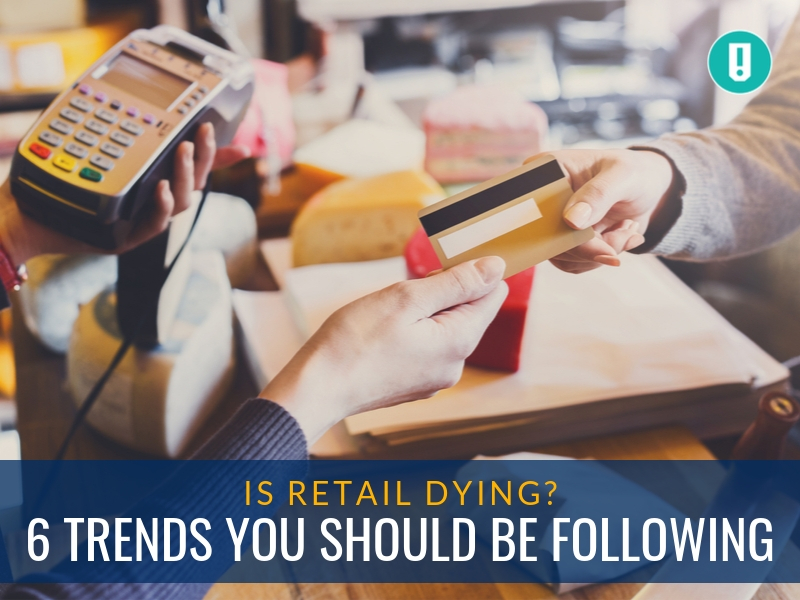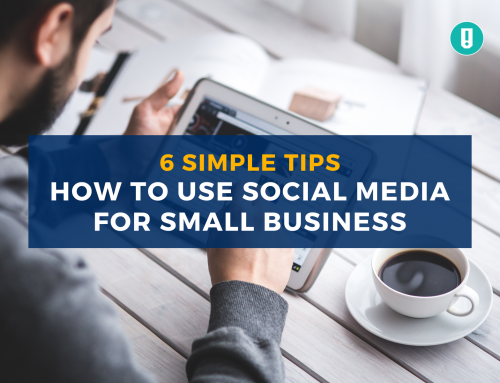Critics and experts love to gripe about the “death of retail,” labeling the industry’s downward spiral as an “apocalypse.” They’re not entirely wrong. It is estimated that as many as 12,000 brick-and-mortar stores may close by the end of 2019 — representing tens of thousands of lost jobs.
Fueling this trend is the steady rise of e-commerce, which offers faster, cheaper and more convenient shopping options for today’s increasingly busy consumers.
Yet, traditional retail is far from dead. In fact, it’s thriving. The National Retail Federation notes retail sales for 2019 will increase an average of 4 percent. However, this growth isn’t spread evenly across the industry. Moving forward, success will favor those retailers that consistently make their stores more efficient and inviting.
Below are six retail trends every brick-and-mortar merchant should follow closely in 2019 and beyond.
1. Self-Checkout
When most people hear “self-checkout” — they think of those queues at the supermarket in which customers wait to scan their items at an automated cashier.
For some, it’s not a particularly fun experience — especially since nearly every shopper encounters some type of barcode error along the way.
Recent technological advancements now allow customers to complete self-checkouts with far fewer hiccups. There exists a range of in-store apps that let you scan and pay for items with wallet-tied mobile devices.
No queuing required.
Amazon Go has taken this concept to the next level with an entirely wireless shopping experience. Customers can scan and pay for items without taking out their phones.
2. Pop-Up Shops
There is already a nationwide trend in which major retailers continue to downsize their brick-and-mortar footprints. Barnes & Noble, Nike, and IKEA have all gravitated toward this small-format store concept. Countless other retailers have begun exploring pop-up shops — i.e., temporary brick-and-mortar stores that are strategically located in areas with a lot of foot traffic.
Below are some of the benefits merchants glean as they shrink their floor spaces:
- Retailers enjoy the same geographic coverage of big-box stores — but for a fraction of the cost.
- Small format stores lend themselves to more personalized shopping experiences.
- Merchants can test new locations, design concepts and product launches while keeping their investments to a minimum.
3. Buy-Online-Pick-Up-In-Store (BOPIS)
Whether it be groceries for the week or a cheeseburger for lunch, consumers want their items quicker and on their own time. That’s why BOPIS service has become so popular for brick-and-mortar retailers and quick service restaurants (QSRs).
Consumers enjoy the convenience of shopping online through a website or mobile app without delivery or service delays; however, this isn’t the only reason consumers use BOPIS. Approximately 64 percent of consumers select this option to avoid shipping costs, while 36 percent use it to take advantage of promotional offers and discounts.
Big box stores, Target and Walmart, are amongst the most popular for BOPIS, while McDonald’s, Panera, and Starbucks are also being widely used for fast food and drink purchases.
4. Data Analytics
A lot of guesswork goes into floor designs and window displays. The same is true for pricing, lighting, and even the music that customers hear as they shop.
However, data analytics platforms, like Clover Insights, can remove much of this guesswork by analyzing your business transaction data to quickly determine what does and doesn’t work. It can offer insights, suggestions, and tips to retail merchants — all in real time.
Just imagine the countless hours you could save by not having to test concepts yourself. That’s the ultimate in efficiency.
5. Sustainability
It’s not possible to discuss efficiency without mentioning the environment. From lights to plastic bags to supply chains — the retail industry’s carbon footprint is massive. Increasingly eco-conscious consumers are becoming more discerning about where they spend their money.
Installing solar panels, upgrading to LED lighting, and charging a premium for plastic bags represent just a handful of ways in which you can make your store eco-friendlier. Not only can these environmental improvements help you attract more customers, but they can also save you money.
Simply put, using fewer resources is more efficient and profitable.
6. Experiences
Nordstrom made waves in 2018 when it began launching a series of “zero inventory” stores that specialize in experiential amenities such as tailoring, style makeovers, and refreshments.
How can a company remain profitable if it doesn’t sell anything?
Simple. Nordstrom still sells plenty of inventory online and at its flagship stores. This recent push is helping the company better target millennials — a demographic that overwhelmingly prefers buying experiences over physical products.
The fact that Nordstrom is actively launching more such stores is proof positive that its strategy is producing the desired results.
Retail Myth Debunked
Despite what the experts say, the retail apocalypse is a myth, with customers spending more money at brick-and-mortar stores today than ever before.
Even still, there is definitely a seismic shift happening within the industry as consumer preferences continue to evolve rapidly. Merchants that successfully leverage the above trends stand the greatest chances of long-term survival in today’s increasingly fragmented retail landscape.
The external hyperlinks were provided for informational purposes only. Please contact each company directly to obtain additional information as First Data does not assume any responsibility or liability for any information and communications shown here and on any third party web links.
Kristen Gramigna is a Senior VP on the Digital Marketing Team for First Data, a global leader in payment technology and eCommerce credit card processing. She brings 25 years of experience in the bankcard industry in direct sales, sales management, and marketing.







Leave A Comment